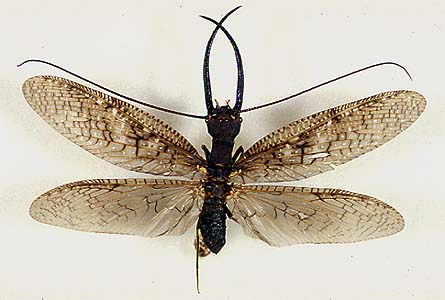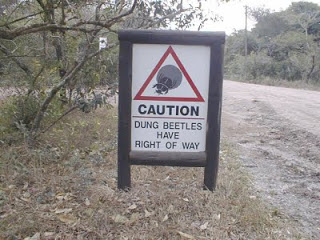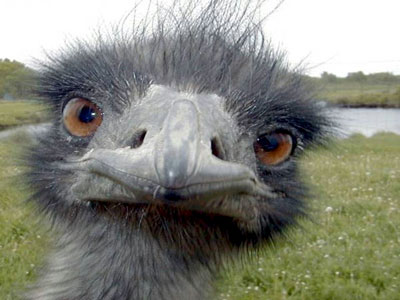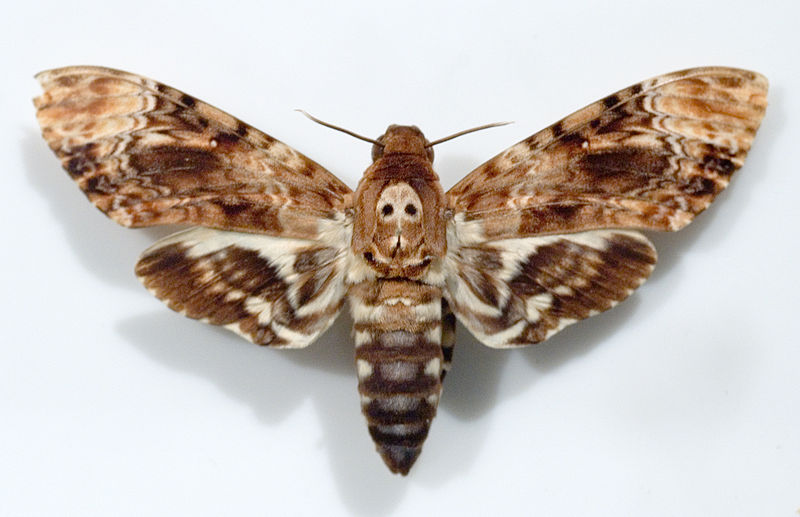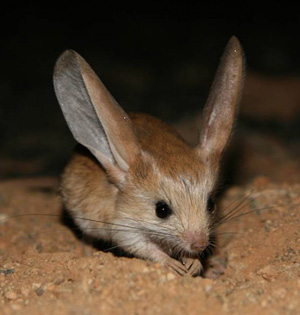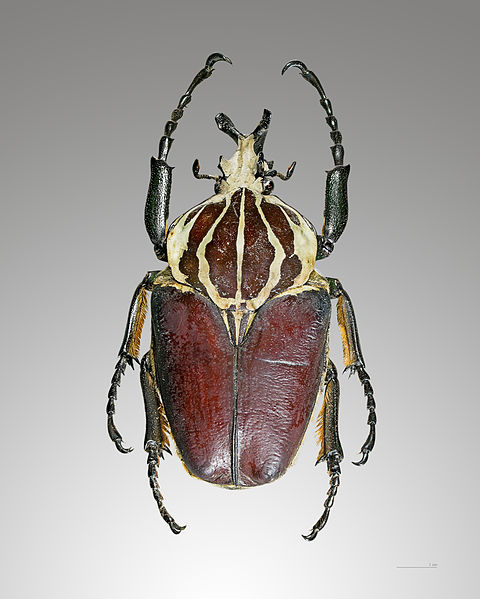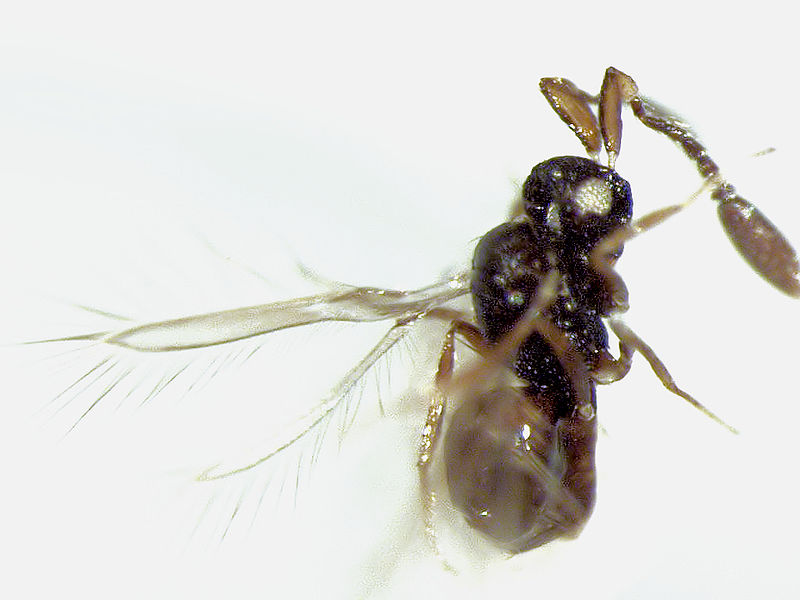
It seems that yesterday’s trend of incredibly tiny animals will continue today. This wasn’t intentional but I really wanted to talk about one of the smallest insects out there. I am sure you have gathered by the title that I am talking about Fairy Flies. We are going to stay with the general term “Fairy Flies” but please note that there are more than 1400 species of Fairy Flies, so you can imagine that not all characteristics will be equal across the board. Enough chit chat though, let’s start learning about this interesting little wasp.
That’s right, the Fairy Fly is actually a parasitic wasp. I bet you didn’t see that one coming by reading the title, did you? As mentioned, these wasps are the smallest recorded insect to date with a length of 0.21 mm. This isn’t the case for all species of Fairy Flies though as some can get quite large (in relation to other Fairy Flies). For example, there is one species that has a wingspan of 3 mm, which may not seem big but it is a heck of a lot larger than 0.21 mm.
So what do these little wasps do all day? Well, they mostly prey on the eggs of other insects all day. These little egg parasites have actually been used to help control certain insect populations. Don’t get me wrong, I don’t agree with introducing other animals to help control a pest but it is still pretty neat that these tiny parasites are able to effectively control a variety of insect populations. When they are not taking advantage of helpless little eggs, these wasps will hang out in the water.
You read that right, some species will actually head underwater where they can use their wings like paddles. These impressive little creatures can stay submerged for up to 15 days. It is underwater that all of the mating and egg laying will take place, so basically some very important life functions happen in the water. These are definitely not your typical wasps. When it is time to dry off and head for lunch the Fairy Fly will simply walk up a stick or a plant that is emerging from the water. Once they dry off, they will be good to go and ransack some more insect eggs.
Well that does it for another incredibly small Wild Fact. Tune in tomorrow to see if we can find a bigger animal. Enjoy the rest of your day.

